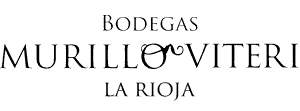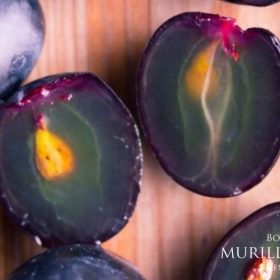The colour of wine and its different tones
When we are going to have a glass of wine, sight is the first of the senses to appreciate the characteristics of the wine, so we usually notice the colour of the wine immediately.
There is an enormous range of colours that we can find in different wines. But what does it depend on? It is mainly determined by polyphenols, which are divided into anthocyanins and tannins. Anthocyanins are found in the pulp and skin of the grapes, and are what give red wine its colour. Tannins, on the other hand, are found in the skin, pips and stems of the grapes, and give the wines their astringency.
First of all, it is important to bear in mind that in order to be able to appreciate the chromatic nuances, it is important to have appropriate light. It is preferable that the light is natural and clear, and the tones will be better appreciated on a clear surface (such as a white tablecloth).
When analysing the colour of wine, we will look at characteristics such as hue, transparency and brightness. These characteristics will vary depending on several factors, such as those mentioned below.
The type of grape with its characteristic skin will give us different intensities of colour, which will vary depending on the maceration time of the must with the grape skin.
If the wine is aged in oak barrels, this will also directly affect its colour. In the case of white wines, the colour darkens, while red wines become lighter with the passage of time.
Another very important factor to analyse the colour is the age of the wine. In red wines, the red colour will dilute over time, making it gain straw tones, reddish …. due to the chemical composition of the wine, especially the phenolic compounds.
Through the colour, observing that it is clean and bright, we will be able to identify that the wine is in good condition. It is clear that colour is a very important factor when enjoying a glass of wine, although when we take a sip and savour the wine, we forget about the physical aspect and move on to other sensations.









 Deutsch
Deutsch Français
Français Italiano
Italiano Nederlandse
Nederlandse